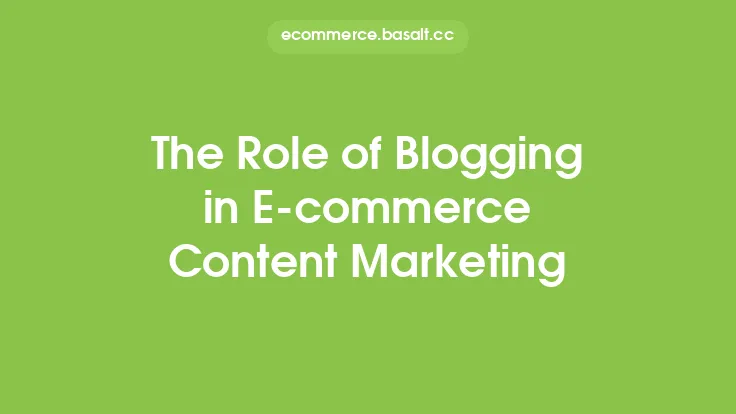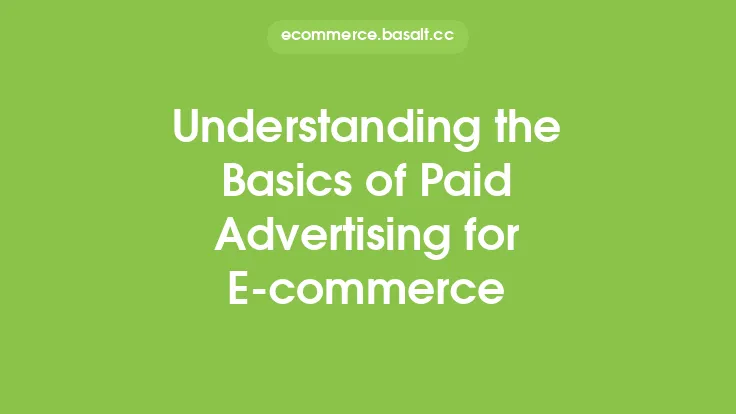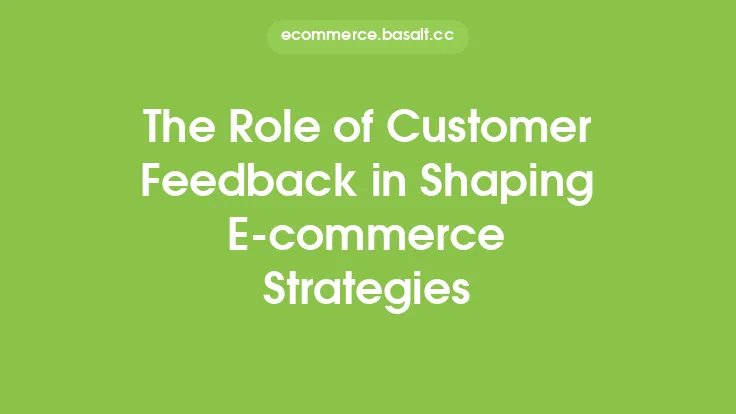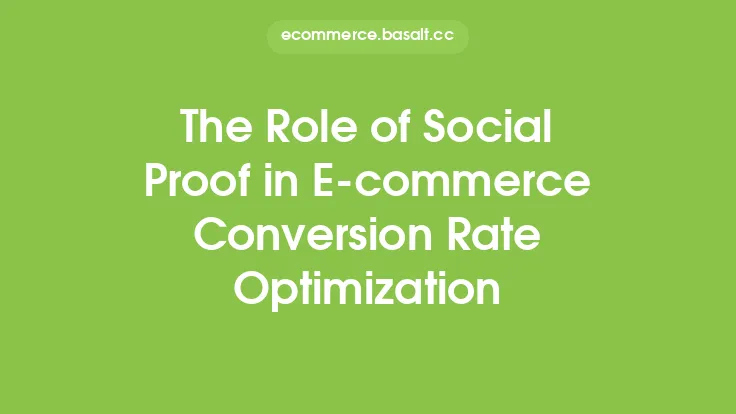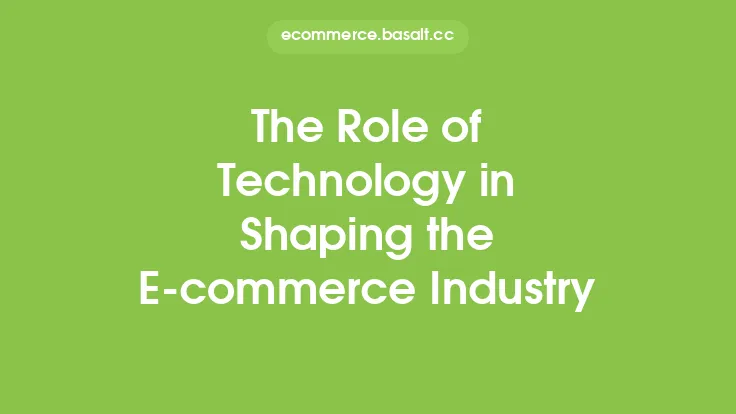In the realm of e-commerce marketing, paid advertising plays a pivotal role in driving sales, revenue, and brand awareness. As the digital landscape continues to evolve, paid advertising has become an essential component of a comprehensive e-commerce marketing strategy. With the rise of online shopping, businesses are shifting their focus towards digital channels to reach their target audience, and paid advertising has emerged as a key driver of this shift.
Introduction to Paid Advertising in E-commerce
Paid advertising in e-commerce refers to the process of creating and displaying sponsored content on various digital platforms, such as search engines, social media, and websites, to promote products or services. The primary goal of paid advertising is to drive traffic, generate leads, and ultimately, increase sales. In the context of e-commerce, paid advertising can take many forms, including search engine marketing (SEM), social media advertising, display advertising, and native advertising. Each of these formats offers unique benefits and can be tailored to suit specific business objectives.
Benefits of Paid Advertising in E-commerce
The benefits of paid advertising in e-commerce are numerous. Firstly, paid advertising provides an unparalleled level of targeting, allowing businesses to reach their ideal customer demographic with precision. This is particularly important in e-commerce, where the ability to target specific audience segments can significantly enhance the effectiveness of marketing campaigns. Secondly, paid advertising offers a high degree of measurability, enabling businesses to track the performance of their campaigns and make data-driven decisions. This level of accountability is essential in e-commerce, where the ability to optimize marketing spend can have a direct impact on the bottom line.
Types of Paid Advertising in E-commerce
There are several types of paid advertising that e-commerce businesses can leverage to reach their target audience. Search engine marketing (SEM) is one of the most popular forms of paid advertising, allowing businesses to display sponsored listings on search engines like Google. Social media advertising is another key channel, with platforms like Facebook, Instagram, and LinkedIn offering a range of targeting options and ad formats. Display advertising, which includes banner ads, video ads, and native ads, is also widely used in e-commerce, particularly for brand awareness and retargeting campaigns. Native advertising, which involves creating sponsored content that matches the form and function of the platform it is displayed on, is also gaining traction in e-commerce.
Key Considerations for Paid Advertising in E-commerce
When it comes to paid advertising in e-commerce, there are several key considerations that businesses must take into account. Firstly, businesses must define their target audience and develop a deep understanding of their needs, preferences, and behaviors. This will enable them to create targeted ad campaigns that resonate with their ideal customer demographic. Secondly, businesses must select the right ad formats and channels to reach their target audience. This may involve a combination of search, social, display, and native advertising, depending on the specific goals and objectives of the campaign. Thirdly, businesses must optimize their ad campaigns for conversion, using techniques like landing page optimization, ad copywriting, and bid management to maximize ROI.
Best Practices for Paid Advertising in E-commerce
To get the most out of paid advertising in e-commerce, businesses must adhere to best practices that prioritize relevance, transparency, and accountability. Firstly, businesses must ensure that their ad campaigns are relevant to their target audience, using targeting options like demographics, interests, and behaviors to reach the right people. Secondly, businesses must be transparent about their advertising practices, clearly disclosing sponsored content and avoiding deceptive or misleading ad tactics. Thirdly, businesses must prioritize accountability, using data and analytics to track the performance of their ad campaigns and make data-driven decisions.
The Future of Paid Advertising in E-commerce
As the e-commerce landscape continues to evolve, paid advertising will play an increasingly important role in driving sales, revenue, and brand awareness. The rise of emerging technologies like artificial intelligence, machine learning, and the Internet of Things (IoT) will create new opportunities for businesses to leverage paid advertising in innovative and effective ways. For example, AI-powered ad targeting will enable businesses to reach their target audience with even greater precision, while machine learning algorithms will optimize ad campaigns for maximum ROI. As the digital landscape continues to shift, one thing is certain: paid advertising will remain a vital component of e-commerce marketing strategies, driving growth, revenue, and success for businesses around the world.
